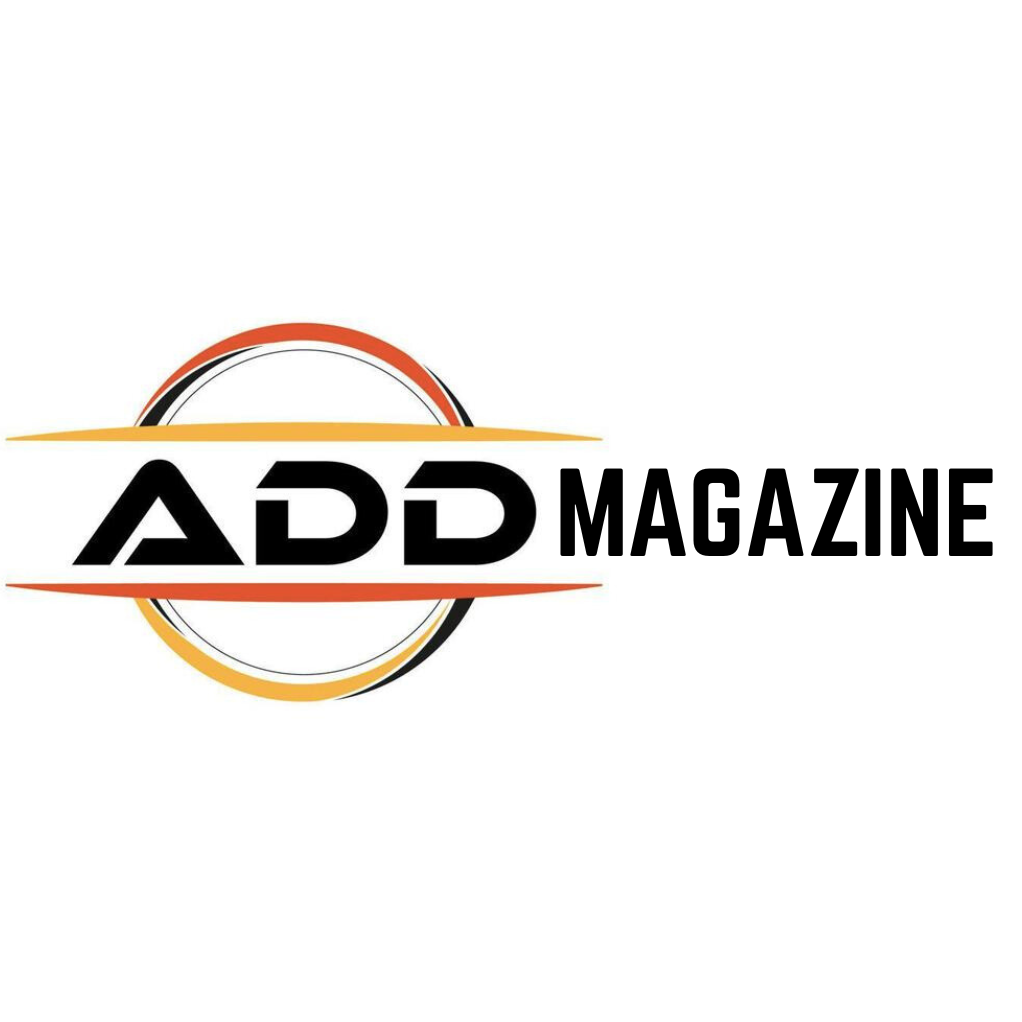In an era where digital transformation is rapidly altering how information is accessed and consumed, libraries are evolving to meet new challenges and opportunities. Controlled Digital Lending (CDL) has emerged as a groundbreaking model that allows libraries to lend digital copies of physical books in a way that respects copyright laws and preserves the value of their collections. This innovative approach is reshaping the future of libraries by expanding access, enhancing preservation efforts, and redefining the role of libraries in the digital age.
Understanding Controlled Digital Lending: A New Paradigm
Controlled Digital Lending is a practice where libraries digitize physical books they own and lend out a digital copy while ensuring that only one user can access that copy at a time, effectively mirroring the traditional lending model. The principle is simple: if a library owns one physical copy of a book, it can lend out one digital copy at a time. This ensures that the lending does not exceed the number of physical copies owned, maintaining a balance between access and copyright protection.
This model contrasts with traditional digital lending, which often requires separate licensing agreements or relies on publisher-provided e-books, sometimes limiting the availability of certain titles. CDL empowers libraries to extend their reach by making their collections accessible to remote users without compromising legal frameworks. This is particularly significant in an age where digital access is increasingly vital, especially for students and researchers who may not have the means to visit a physical library. By implementing CDL, libraries can ensure that their resources are utilized to their fullest potential, offering a lifeline to those in need of information and education.
The Legal and Ethical Foundations of CDL
The legality of Controlled Digital Lending has been a topic of considerable debate. However, many legal experts and institutions argue that CDL aligns with the principles of fair use and first-sale doctrine, as it does not increase the number of copies in circulation beyond what the library physically owns. The National Digital Library Federation and several universities have published guidelines supporting CDL as a lawful practice when implemented with appropriate controls. This legal backing is crucial for libraries, as it provides a framework within which they can operate confidently, knowing they are upholding the law while serving their communities.
Ethically, CDL supports the mission of libraries to provide equitable access to knowledge. By digitizing rare, out-of-print, or geographically inaccessible materials, libraries can democratize information while respecting authors’ rights and publishers’ interests. This practice not only preserves the integrity of the original works but also fosters a culture of sharing and collaboration. As libraries continue to embrace technology, they are also tasked with the responsibility of educating users about copyright laws and the importance of intellectual property, ensuring that patrons understand the value of the content they are accessing. Moreover, CDL can serve as a model for future innovations in library services, encouraging discussions around the evolving nature of ownership and access in the digital age.
Expanding Access and Inclusivity Through CDL
One of the most significant impacts of Controlled Digital Lending is its ability to broaden access to library materials. Traditional libraries are limited by physical space and geographic boundaries, but CDL breaks down these barriers by enabling users to borrow digital copies from anywhere in the world.
For individuals with disabilities, CDL offers enhanced accessibility. Digital formats can be adapted for screen readers, adjustable font sizes, and other assistive technologies, making it easier for users with visual impairments or learning disabilities to engage with texts. This inclusivity aligns with the broader goals of libraries to serve diverse communities.
Supporting Remote and Underserved Communities
The COVID-19 pandemic underscored the importance of remote access to educational and cultural resources. Libraries that had implemented CDL were better positioned to serve their patrons during lockdowns and social distancing measures. For rural or underserved communities where physical library branches may be sparse, CDL provides a vital link to knowledge and learning.
CDL can also help bridge the digital divide by partnering with community organizations to provide devices and internet access, ensuring that the benefits of digital lending reach those who need it most.
Preservation and Sustainability Benefits of Digital Lending
Beyond access, Controlled Digital Lending plays a crucial role in the preservation of rare and fragile materials. Physical books are susceptible to wear and tear, environmental damage, and loss. Digitizing these materials allows libraries to protect their collections while still making them available to the public.
Digital copies can be stored securely and backed up in multiple locations, safeguarding cultural heritage against disasters. Besides, digital lending reduces the carbon footprint associated with transportation and physical handling of books, contributing to environmental sustainability efforts.
Challenges and Considerations in CDL Implementation
Despite its benefits, Controlled Digital Lending is not without challenges. Libraries must invest in robust digital infrastructure, including secure lending platforms that enforce one-to-one lending ratios and prevent unauthorized copying. Ensuring user privacy and data security is also paramount.
Also, CDL requires careful selection of materials to digitize, prioritizing titles that are in demand or at risk of deterioration. Libraries must also navigate varying copyright laws across jurisdictions, which can complicate cross-border lending.
The Future of Libraries in a Digital World
Controlled Digital Lending represents a significant step toward the modernization of libraries. By integrating CDL into their services, libraries can remain relevant and vital in the digital age, continuing to fulfill their mission as gateways to knowledge.
Looking ahead, collaboration among libraries, publishers, authors, and technology providers will be essential to refine CDL practices and address legal and technical challenges. Advances in artificial intelligence and machine learning may further enhance digital lending platforms, offering personalized recommendations and improved accessibility features.
Case Studies: Libraries Leading the Way
Several institutions have pioneered CDL initiatives with notable success. The Internet Archive’s Open Library project, for example, has digitized millions of books and lends them under CDL principles, providing a model for large-scale digital lending. University libraries, such as those at Harvard and the University of Michigan, have also integrated CDL into their services, expanding access for students and researchers.
These examples demonstrate that with thoughtful implementation, Controlled Digital Lending can transform library services, making knowledge more accessible, equitable, and sustainable.
Conclusion
Controlled Digital Lending is reshaping the future of libraries by bridging the gap between traditional physical collections and the digital demands of modern users. It enhances access, supports preservation, and aligns with the ethical mission of libraries to serve the public good. While challenges remain, the continued development and adoption of CDL promise a more inclusive and resilient library ecosystem, ensuring that the wealth of human knowledge remains available to all, regardless of location or circumstance.



